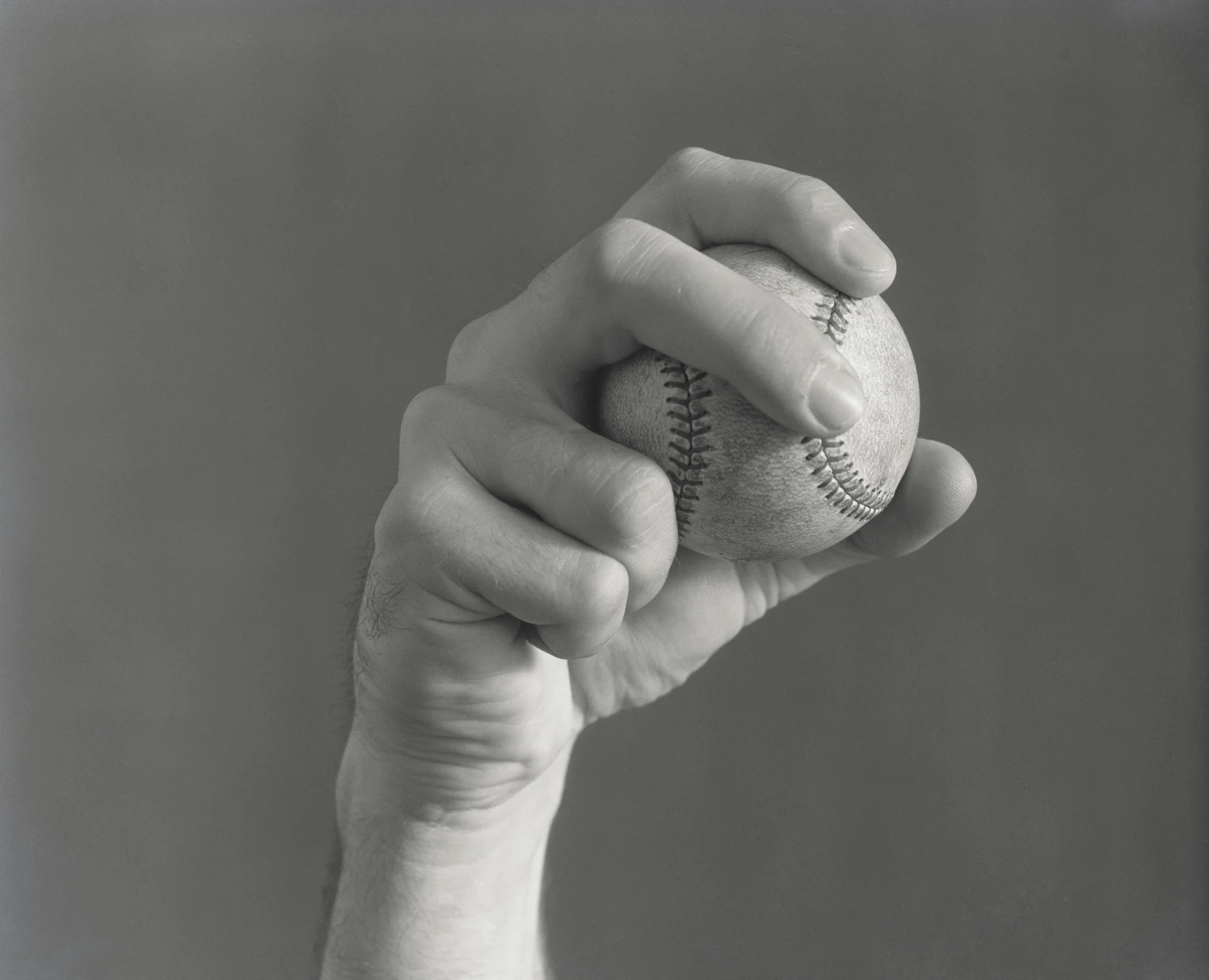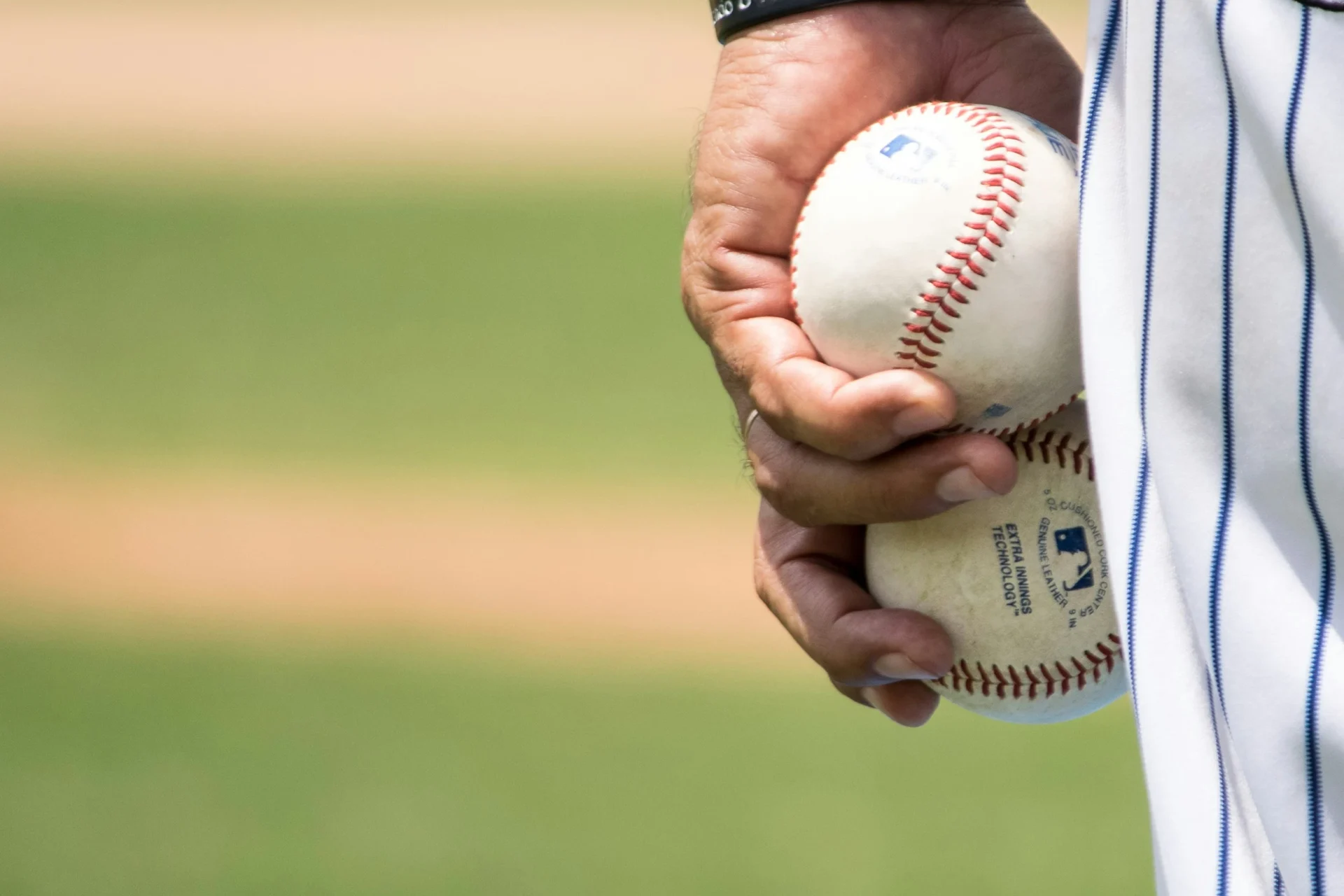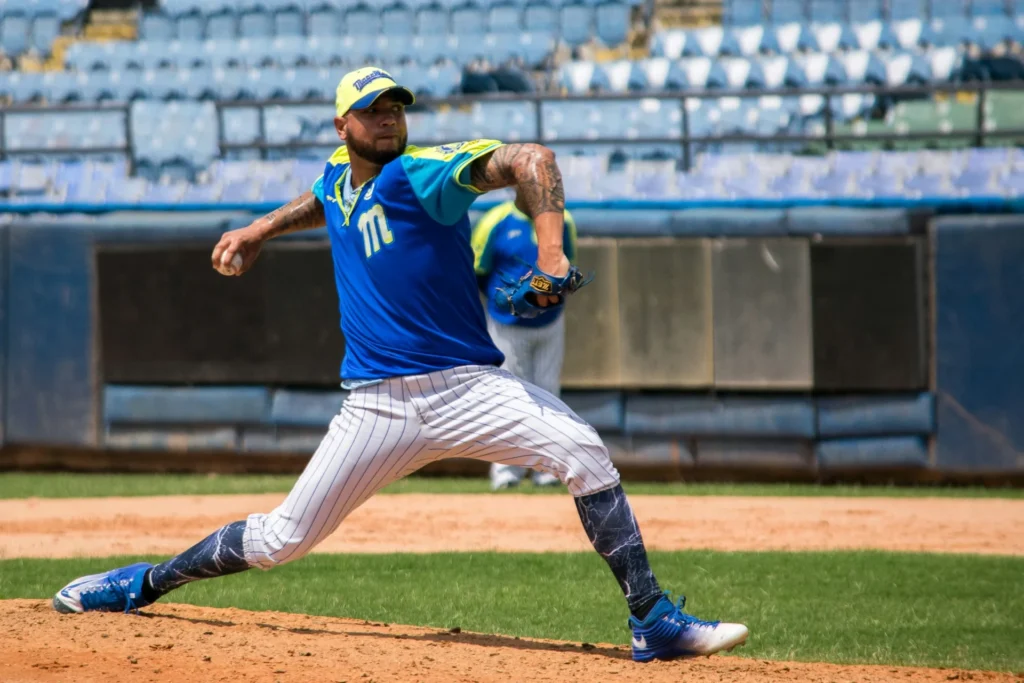Pitching in baseball isn’t just about throwing a ball hard; it’s about precision, strategy, and understanding. Whether you’re a beginner or a seasoned player, knowing how to position your pitches and understanding the data behind them can make all the difference. This article will guide you through everything from baseball pitch types to the critical metrics that can influence your game.
Understanding the Basics of Pitching
Before discussing specific techniques, it’s essential to understand the basics. Pitching on the fastest baseball pitch requires physical skill and mental preparation. Each pitch type, such as a fastball, slider, or curveball, has its mechanics, but the goal remains: outsmart the batter and control the game.
Key Pitch Types and Their Uses
Pitchers use a variety of pitches and consider average baseball pitch speed to keep batters guessing. Here are some of the most common types:
- Fastball: Known for its speed, typically between 90-100 mph. It’s the most straightforward and widely used pitch.
- Slider: Moves laterally, making it harder for the batter to make contact.
- Curveball: Breaks downward sharply, often used to throw off a batter’s timing.
- Changeup: The ball is thrown slower than a fastball but with the same arm motion and is designed to deceive the batter.
- Sinker: Drops as it approaches the plate, causing ground balls.
- Cutter: Similar to a fastball but with a slight movement away from the batter.
- Knuckleball: Floats unpredictably due to little to no spin, making it difficult to hit.
Pitch frequency is an important factor. In a study, the average number of pitches recorded per pitcher was around 4,682, totaling approximately 1.34 million records analyzed across multiple players. This vast data helps refine strategies based on each pitch type’s effectiveness.
Pitch Location Metrics Explained
To effectively pitch a baseball, understanding pitch location metrics is vital. These metrics describe the pitch’s position relative to the strike zone:
- Horizontal Coordinate (px): Measures the baseball’s horizontal position relative to the center of the home plate. The center is 0 feet, with edges at ±0.83 feet.
- Vertical Coordinate (pz): Indicates the pitch’s vertical position. Ground level is 0 feet, and pitches above the home plate have positive values.
The strike zone is divided into nine sections, determined by these coordinates. A value of px ≤ |0.75| suggests a strike, assuming the pitch is within the vertical limits of the strike zone (1.5 – 3.5 feet).
| Metric | Definition |
| Horizontal Coordinate (px) | Horizontal position relative to home plate center. |
| Vertical Coordinate (pz) | Vertical position above ground level. |
How to Pitch a Baseball with Pro Techniques?

By following these steps and practicing regularly, you can improve your pitching skills and become a more effective pitcher in baseball.
1. Get Your Baseball Pitch Grips Right:
To throw a pitch, you need to hold the ball correctly. The grip you use depends on the type of pitch you want to throw. For a basic fastball:
- Place your index and middle fingers across the seams of the ball.
- Your thumb should be underneath the ball for support.
- Hold it lightly so your hand isn’t tense.
2. Set Your Stance:
Stand on the pitching mound with your feet shoulder-width apart. Your front foot should point toward home plate, and your back foot should be against the rubber (the raised part of the mound).
3. Wind Up and Balance:
Start by bringing your hands together in front of you. Then lift your front leg (facing the batter) while balancing on your back leg. This step helps you build power for your throw. Keep your eyes on the target and stay balanced.
4. Throw the Ball (The Delivery):
As you lower your front leg, push off with your back leg and move your body forward. Extend your throwing arm back and bring it forward quickly. Release the ball when your arm is fully extended toward home plate. Keep your fingers on top of the ball to guide it straight.
5. Follow Through:
After you release the ball, let your arm swing down naturally. Your body should continue moving forward, and your back leg may come off the ground slightly. This follow-through helps you stay balanced and makes your pitch more powerful.
6. Practice Different Pitches:
Once you get the basics of the fastball, you can learn different types of pitches like:
- Curveball: Makes the ball drop or curve as it reaches the batter.
- Slider: Moves sideways and tricks the batter.
- Changeup: Thrown slower than a fastball but looks similar, confusing the batter.
Each pitch has a different grip and release, so practicing and learning how to use them is important.
7. Aim for the Strike Zone:
The strike zone is the area where a pitch must pass for it to be a strike. It’s usually from the batter’s knees to the chest and over home plate. Practice aiming your pitches so they land in this zone.
8. Practice Consistently:
The more you practice, the better your control, speed, and accuracy will get. Focus on your form and repeat the same motion every time to improve.
The Importance of the Strike Zone
The strike zone is a key area for pitchers. It’s typically between 1.5 feet (bottom) and 3.5 feet (top) above the ground. A well-placed pitch within this zone increases the chances of a strike. Pitches that fall outside the zone can be classified as balls unless they meet specific criteria for height.
Run Expectancy Metrics
Run expectancy metrics, like RE24 and RE288, help pitchers and coaches evaluate the expected outcomes based on the count and base-out states:
- RE24: Evaluates 24 game states based on outs and base runner positions.
- RE288: Adds detail by considering the count (balls and strikes) for more precise run expectancy estimates.
These metrics are invaluable for making strategic decisions during a game. Understanding the situation and expected outcomes allows pitchers to select the most effective pitches.

Analyzing Pitch Value
Pitch value analysis uses linear weights to quantify the expected run value of different pitch outcomes, such as singles or doubles. For example, the impact of a pitch can vary significantly depending on the game situation, like having the bases loaded with no outs versus bases empty with two outs.
The Greiner Index (GI) is another tool for evaluating pitch effectiveness. This formula considers several factors: rise, breakpoint, and break distance. Higher GI scores indicate pitches that are more challenging for batters to hit.
Pitching Strategies During Baseball Innings
Pitching strategies can change as a game goes on, inning by inning. Early in the game, pitchers usually focus on throwing fastballs to gain control, but in later innings, they might use more off-speed pitches like sliders or curveballs to keep batters off balance. Knowing how to adjust your pitching in different baseball innings is important to stay effective throughout the game.
Key Pitching Variables
Several variables affect pitch success:
- Release Speed: The speed at which the ball leaves the pitcher’s hand is critical, with fastballs typically reaching 90-100 mph.
- Spin Rate: Measured in revolutions per minute (RPM), higher spin rates (2,200-2,500 RPM for fastballs) can enhance movement, making pitches more difficult for batters to hit.
Pitching Performance Metrics
Performance metrics are vital in understanding a pitcher’s effectiveness:
- Average Pitch Speed: Off-speed pitches like changeups typically range from 75-85 mph, while fastballs are faster.
- Spin Rate: Effective pitches often have a specific spin profile, with higher RPMs indicating better performance.
These metrics help pitchers refine their technique and improve their game strategy.
Advanced Techniques and Player Development
Advanced technology like TrackMan provides insights into unique pitch profiles, such as extreme vertical or horizontal movement. Data suggests pitchers with specialized break profiles often perform better than those with generic ones. This information can be used for individualized training, enhancing a pitcher’s performance by focusing on specific pitch characteristics.
Conclusion
The art of how to pitch a baseball involves more than just throwing the ball. You can become a more effective pitcher by understanding pitch types, location metrics, strike zones, and key performance data. You’ll learn to control the game and outsmart batters with practice and analysis.
FAQs
1. What are the most common types of pitches?
The most common types are fastball, slider, curveball, changeup, sinker, cutter, and knuckleball. Each has unique mechanics and movement.
2. How is pitch location measured?
Pitch location is measured using horizontal (px) and vertical (pz) coordinates relative to the center of the home plate and the ground.
3. What is the Greiner Index?
The Greiner Index evaluates pitch difficulty based on factors like rise, breakpoint, and break distance, helping determine how challenging a pitch is for a batter.
4. Why is spin rate important?
The spin rate affects pitch movement. Higher RPMs typically make pitches harder to hit as they create more movement.
5. How can pitchers use run expectancy metrics?
Run expectancy metrics like RE24 and RE288 help pitchers understand game situations, guiding their strategy and pitch selection.












